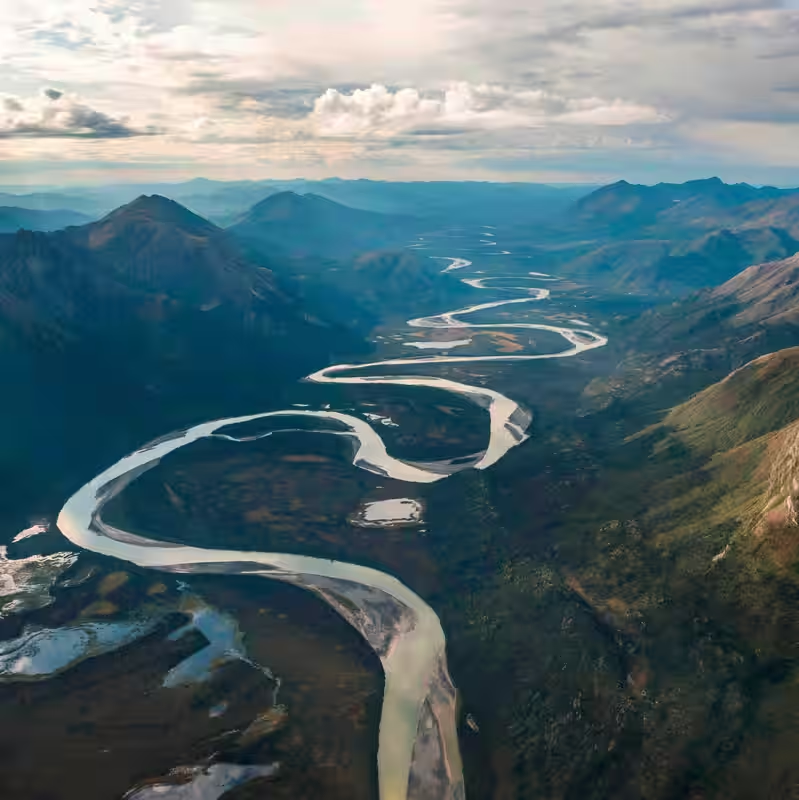Table of Contents
- What’s in Trump’s Executive Order?
- The Controversial Ambler Access Project
- Why Environmentalists Are Alarmed
- A Rare Government Stake in Private Mining
- What Happens Next?
- Sources
Trump’s Executive Order: Fast-Tracking Alaska’s Mining Future
On Monday, October 6, 2025, former President Donald Trump signed a sweeping executive order that could reshape Alaska’s remote northwest—and the future of U.S. mineral independence. The directive compels the Department of the Interior and the U.S. Army Corps of Engineers to immediately issue all permits needed for the Ambler Access Project, a 211-mile industrial road slicing through untouched Arctic wilderness.
This move reverses a Biden-era block on the project and signals a dramatic pivot toward domestic resource extraction—especially for critical minerals like copper and zinc, which are essential for electric vehicles, renewable energy infrastructure, and national defense.
The Ambler Access Project: Gateway to a Massive Mine
The proposed road would connect the Dalton Highway—the lone major route through northern Alaska—to the Ambler Mining District, home to one of North America’s richest undeveloped copper-zinc deposits. Backed by Ambler Metals, a joint venture between Canada’s Trilogy Metals and South Korea’s Korea Zinc, the project has long been mired in legal and environmental battles.
Supporters argue the road would create hundreds of jobs in rural Alaska and reduce U.S. reliance on foreign minerals—particularly from China and Russia. But critics warn it would irreversibly damage one of the last truly wild landscapes in America.

Why Environmentalists Are Alarmed
Part of the road would traverse the Gates of the Arctic National Park and Preserve—a federally protected wilderness with no roads, no trails, and no permanent human structures. The area is sacred to Indigenous Iñupiat and Athabascan communities and serves as critical habitat for caribou, grizzly bears, and migratory birds.
“This isn’t just a road—it’s a lifeline for ecosystems that have existed untouched for millennia,” said Sarah James, an Indigenous rights advocate from Arctic Village. “Once you open this corridor, there’s no going back.”
A Rare Government Stake in Private Mining
In a surprising twist, Trump’s order includes a financial arrangement rarely seen in U.S. resource policy: the federal government will invest $35.6 million in exchange for a 10% equity stake in Trilogy Metals, the Canadian company co-owning Ambler Metals.
This marks a significant departure from traditional federal roles, which typically involve regulation—not ownership. Proponents say it aligns public interest with private profit, ensuring taxpayers benefit if the mine succeeds. Skeptics call it a risky gamble with public funds and a potential conflict of interest.
| Key Facts | Details |
|---|---|
| Road Length | 211 miles |
| Primary Minerals | Copper, Zinc |
| Federal Investment | $35.6 million |
| Gov’t Ownership Stake | 10% in Trilogy Metals |
| Wilderness Area Impacted | Gates of the Arctic National Park |
What Happens Next?
With permits now mandated by executive order, construction could begin as early as 2026—barring legal challenges. Environmental groups and tribal coalitions are already preparing lawsuits, arguing the order bypasses the National Environmental Policy Act (NEPA) and violates Indigenous land rights.
Meanwhile, the Biden administration has not yet commented on whether it will contest the order, though legal experts note that executive actions by former presidents can be challenged or reversed by successors—setting the stage for a high-stakes political and legal tug-of-war over Alaska’s future.




